And what it takes to create it.
This is an older article of mine that I wrote while I was still working as a photographer. The balanced life refers to the equilibrium we can find in nature. A balance that our eye experiences as pleasure and beauty. I use these examples to showcase what we can learn from nature about our lives.
What is it that attracts you when you walk through a new city or when you look at art? What is it that you look at when buying new furniture? Is it just the style of the piece or how it will balance out the rest of the furniture in your house? The same goes for clothes. You don’t just mix different patterns and colors with each other; you try to make your outfits match.
Table of contents
Balance is indeed the key ingredient for our life
It is an equilibrium that we are actually looking for. The balance of patterns, forms, and design. Balance within the composition of details. It is indeed the key ingredient for pleasant life. We find it in relationships, our daily lives, and in the art we choose to create or to place in our homes.
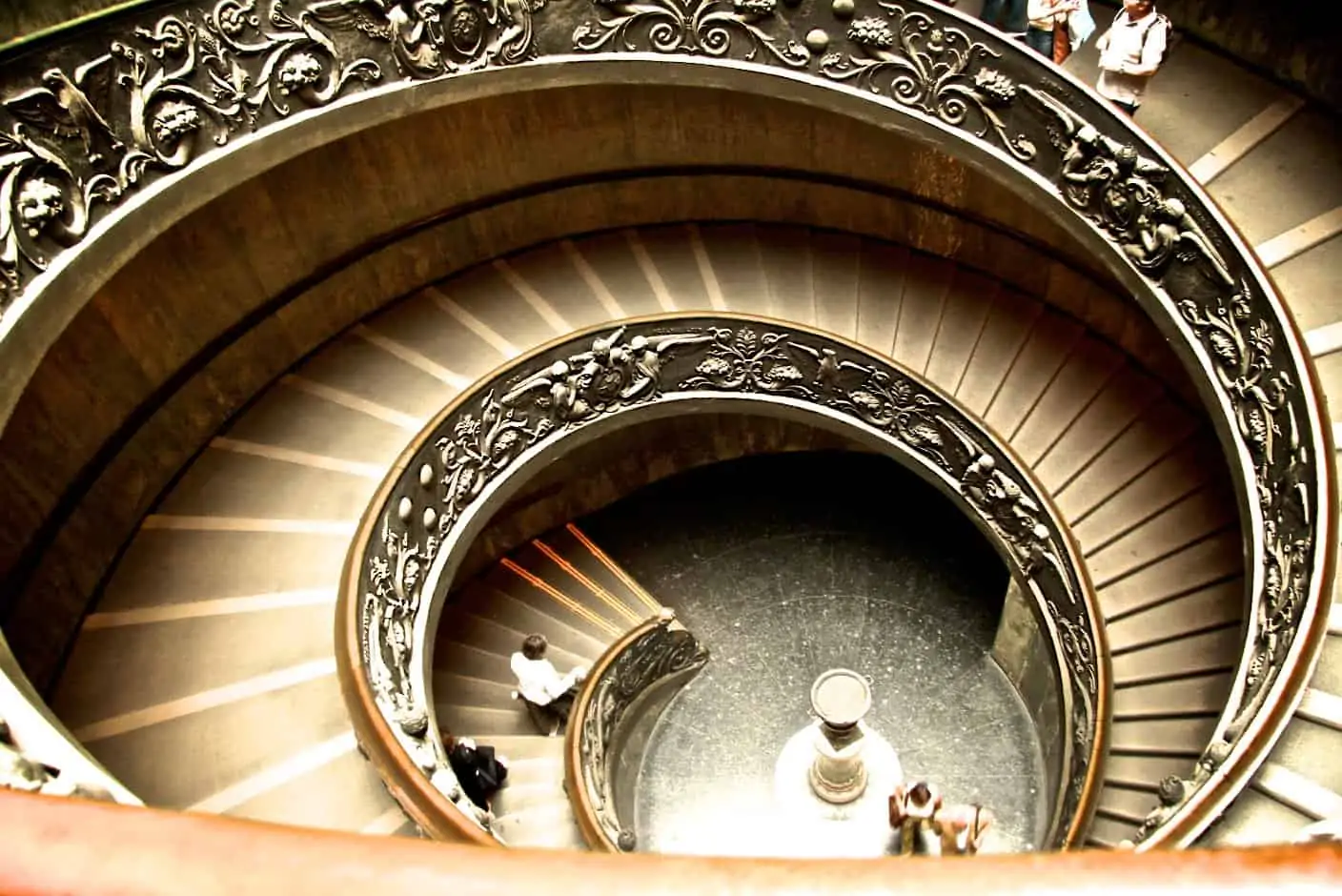
Balance does not mean perfection. It means the right amount of different components. Just look at your life and picture a life that is balanced versus a perfect life. Perfection means the lack of any component that doesn’t fit, is not right or has a negative connotation. A life that has no disturbances – a monotone life – will eventually become boring. This is something we forget when we ask for a perfect life. Perfection creates monotony.
What does a balanced life mean?
A balanced life has everything: the good and bad things in a perfect circle of experiences and emotions that balance one another. Just imagine a life with no disturbances, no faults, nothing that triggers a reaction in you. At first sight, it might sound amazing, but imagine it clearly: there is nothing that you need to do, nothing that you need to fix. Isn’t that absolutely boring – having nothing that you have to think about?
Life is all about everything and nothing. The pure balance of dark and light, happy and sad, male and female. This is what balance is: the spark of curiosity, the detail in the perfection, the perfection inside the mess, the experience of a full range of emotions. That is BALANCE.
Life is all about everything and nothing. The pure balance of dark and light, happy and sad, male and female. This is what balance is: the spark of curiosity, the detail in the perfection, the perfection inside the mess, and the experience of a full range of emotions. That is BALANCE.
Photography is about capturing this balance: the mess with the spark of joy, the story that shows the full spectrum of experience. It’s not just taking a photo. There is the intention of capturing a moment, a moment that is fully balanced with colors, structures, and symmetry. Capturing this balance is what I call art – the art of our life.
Balance in Nature – Fibonacci Sequence
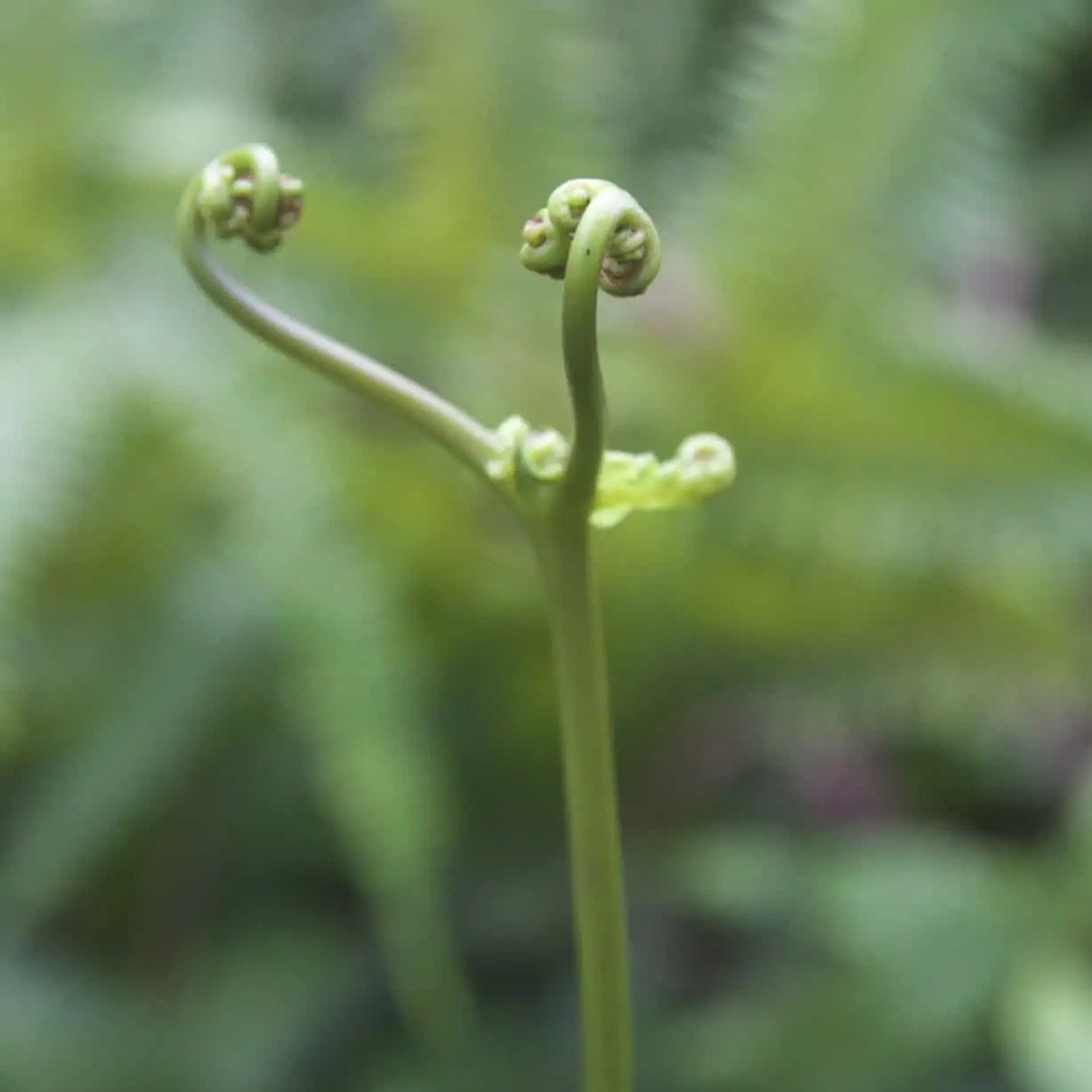
You might wonder how balance can be captured in a photograph, but nature has already answered this question for us. Every living being has something called a golden ratio, which is the balanced symmetry of elements and structures found within it. This ratio has been broken down mathematically in what is known as the Fibonacci Sequence, which produces a ratio of elements at 1:1.618. The Fibonacci Sequence forms a spiral shape. One of the best natural examples of this is a growing fern, which unrolls in perfect balance as it opens up.
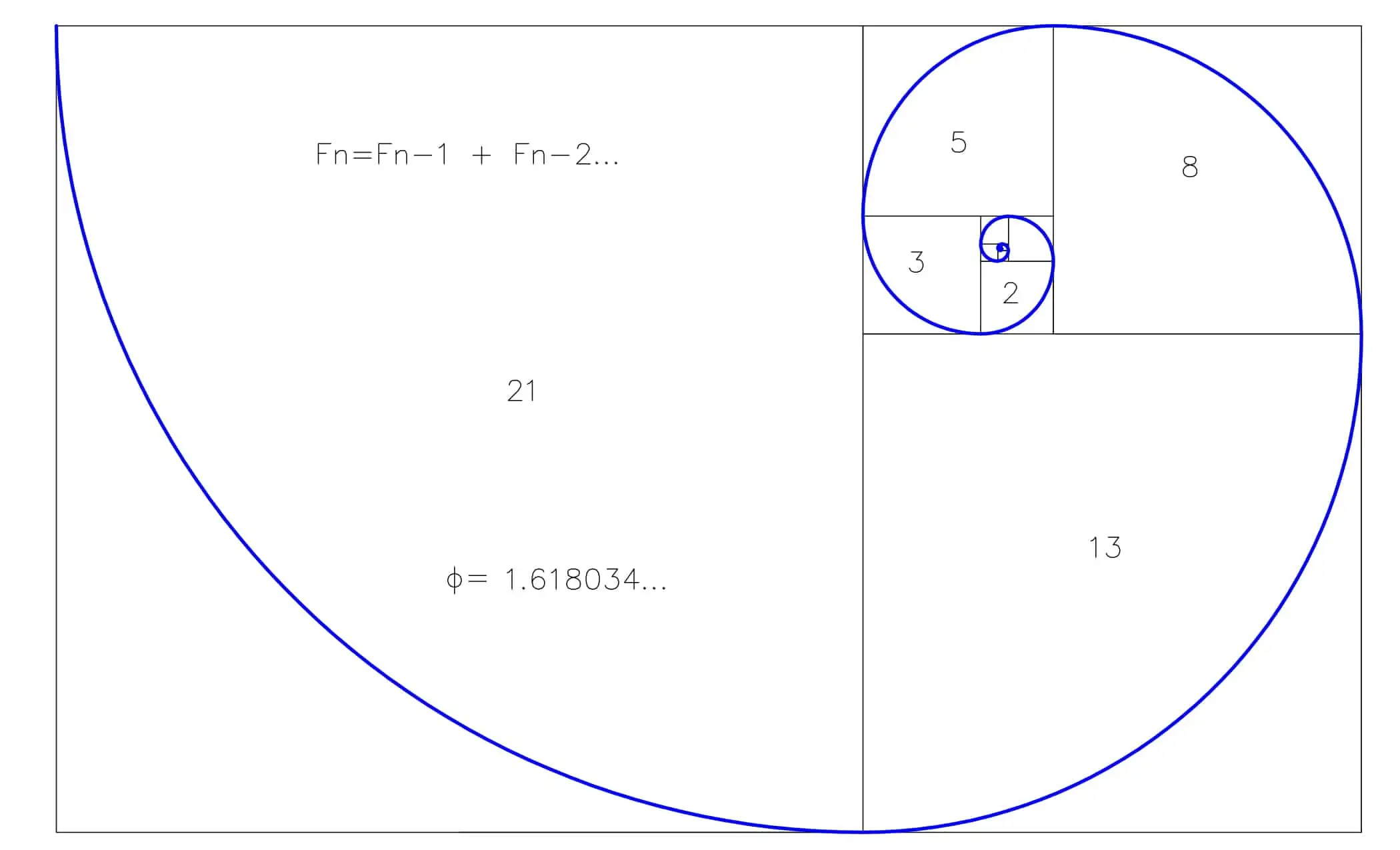
Awareness of the golden ratio, also known as the Fibonacci Sequence, can really help us when taking photos. Just picture the spiral and keep in mind that the center of your photo, the story, the emotions – the most important part – is that small head of the spiral. Everything evolves around it and unfolds. You can use this principle in landscape and portrait photography, but also in flat lay photography, commercial, and art photography – because it is the balance that attracts the viewer’s eye, and it is this balance that makes the photograph appealing to us.
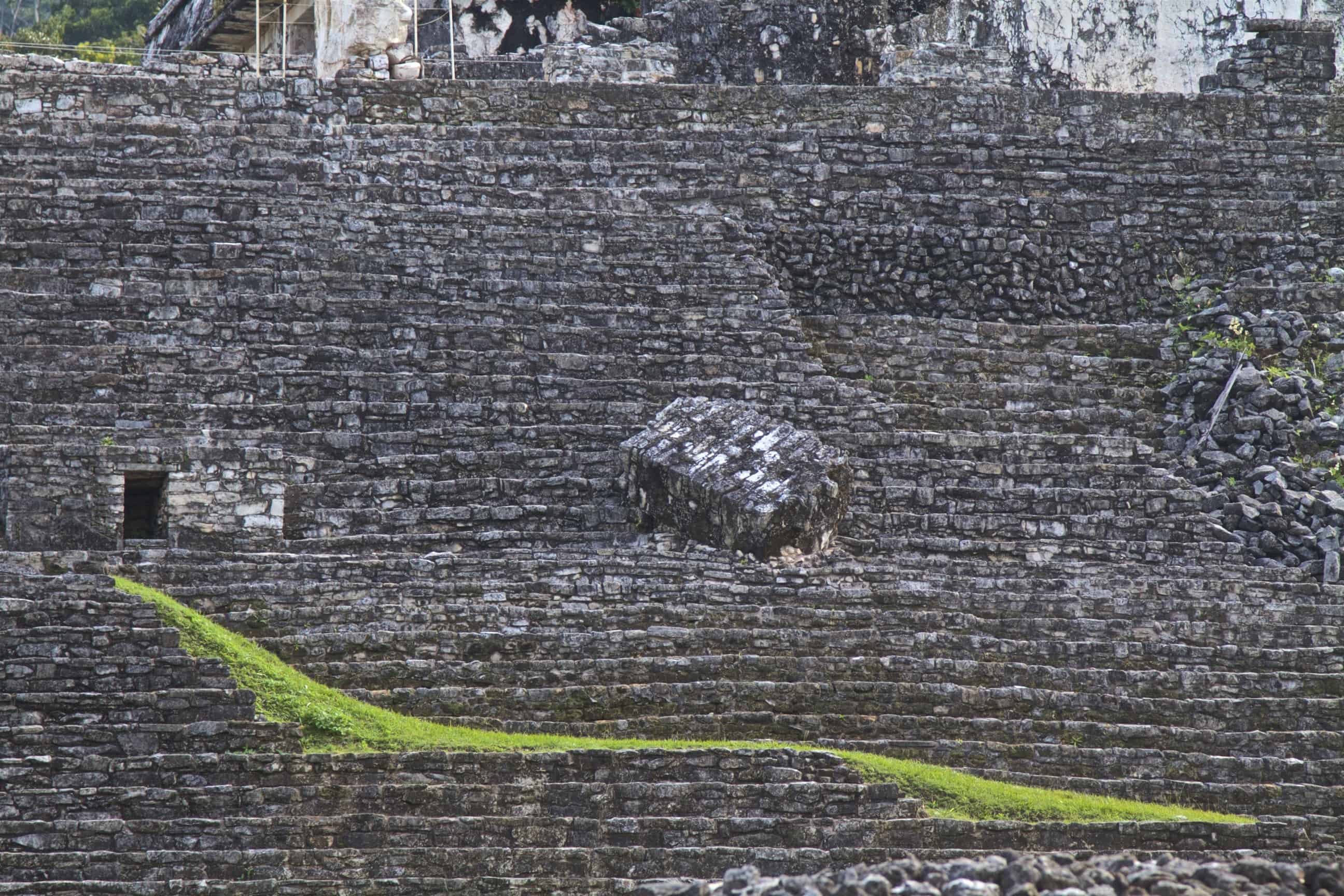
Balance in photography
This is why photography is not just about capturing a moment. It is much more. How often have you had the experience of standing in front of an object and thought it was so beautiful and maybe even perfect? That moment when you found yourself mesmerized, still, and peaceful? Just looking at it, not able to move away?
I remember having one very special moment when I found a painting by Monet at the Metropolitan Museum. I was quite young back then and saw most of his art in books. But when I stepped in front of Ile aux Orties near Vernon in 1897, my whole body just relaxed, and I had the feeling of understanding the entire world. The good and bad, the strong and weak, the bright and dark, the joy and pain in life. I remember tears rolling down my cheeks and a museum guide offering me a tissue and saying: “This happens, young lady.” Just recalling the painting and that moment brings tears to my eyes because life is simple and beautiful…but also a complicated mathematical spiral.
This is what Photography is.
Snapping a photo is a way of creating art that touches people, art that can bring up emotions, memories, and experiences. A moment that makes people feel balanced and understand.
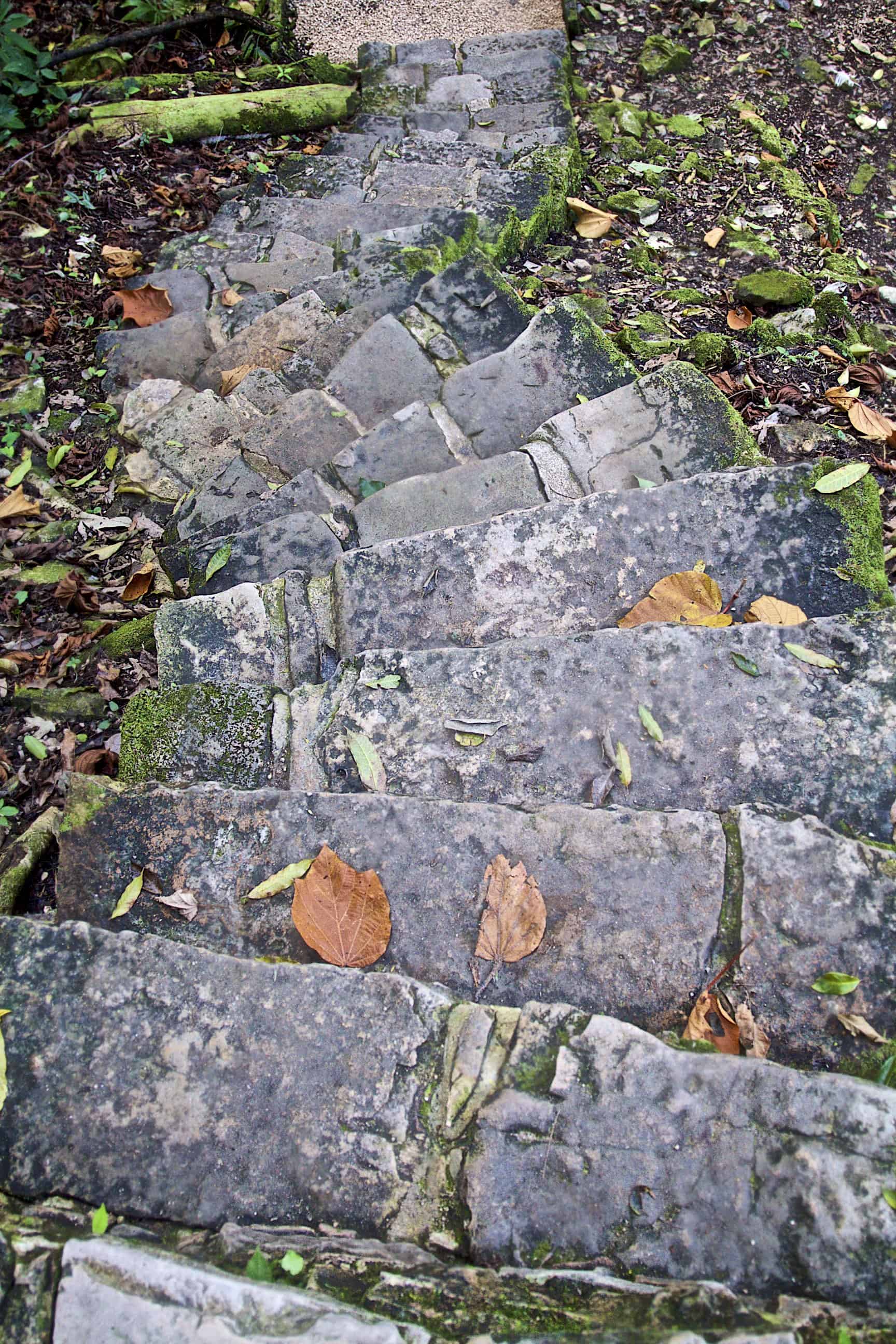
That is what the golden ratio is for me, and that is what photography portrays. But it is also a path of learning from nature. Using the golden ratio as a model for your photography can help you see the element in front of you through a dynamic lens that allows you to bring a structure to your picture. This guiding principle can help you divine the element in front of you into three areas and find the center in one of them. You can take the sequence and turn it around in any direction or even mirror it. What matters is that you keep the center of the spiral as the focal point of your photo and keep the distances of the other elements to that.
The golden ratio is what has helped me find my voice, and I hope it will do the same for you.
What allows you to have more creativity in your life and helps you to feel balanced?






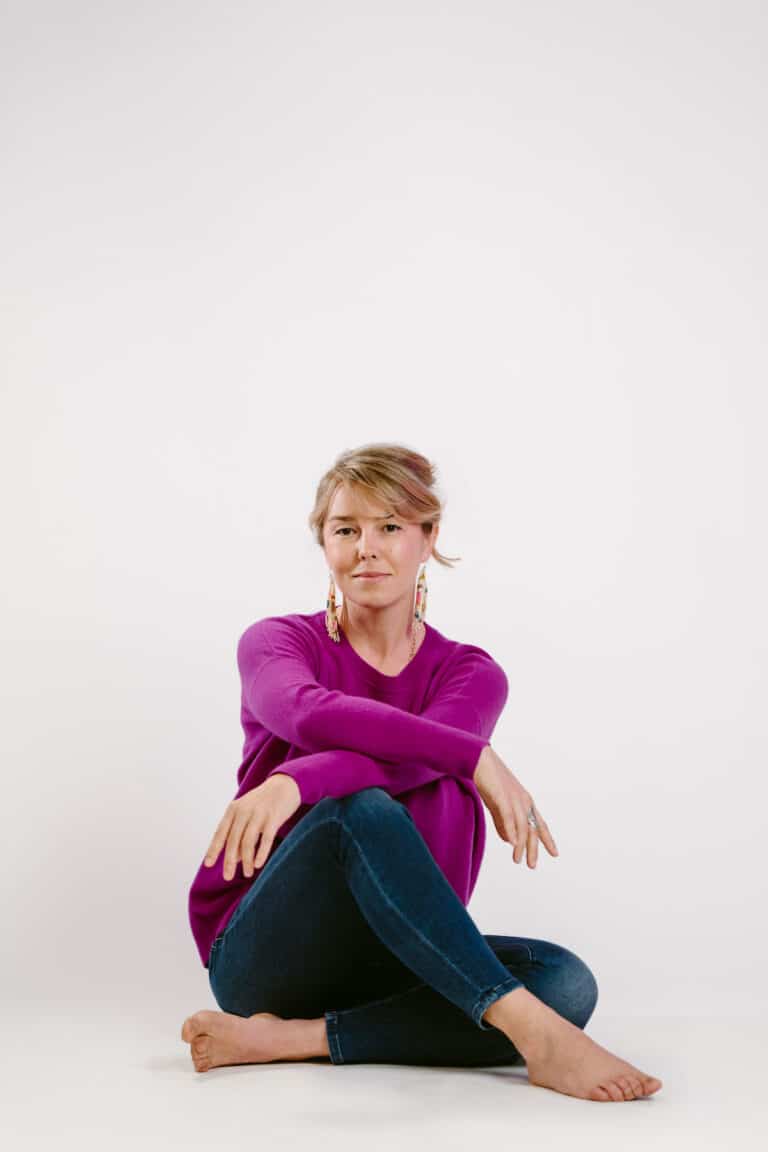
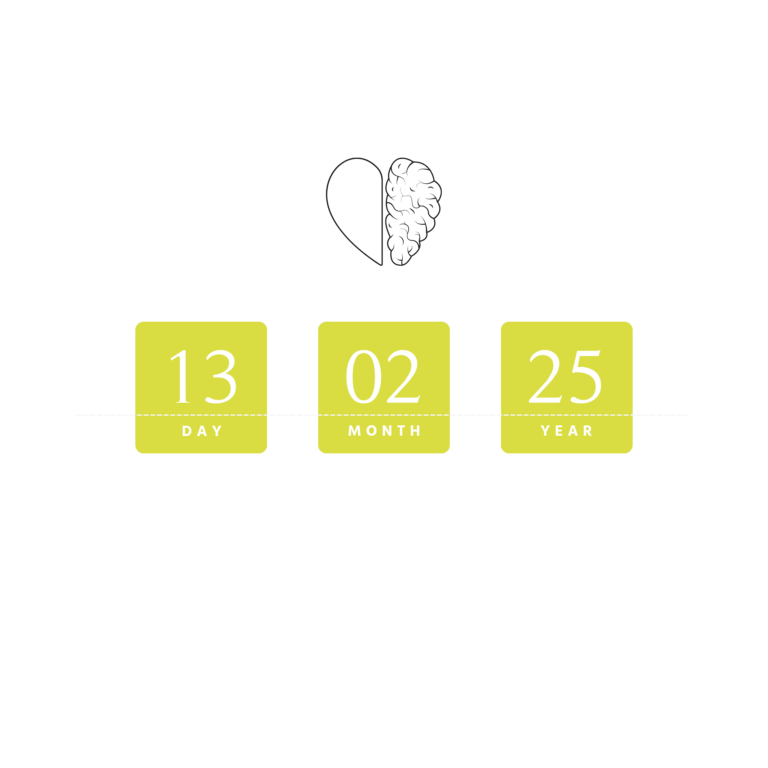

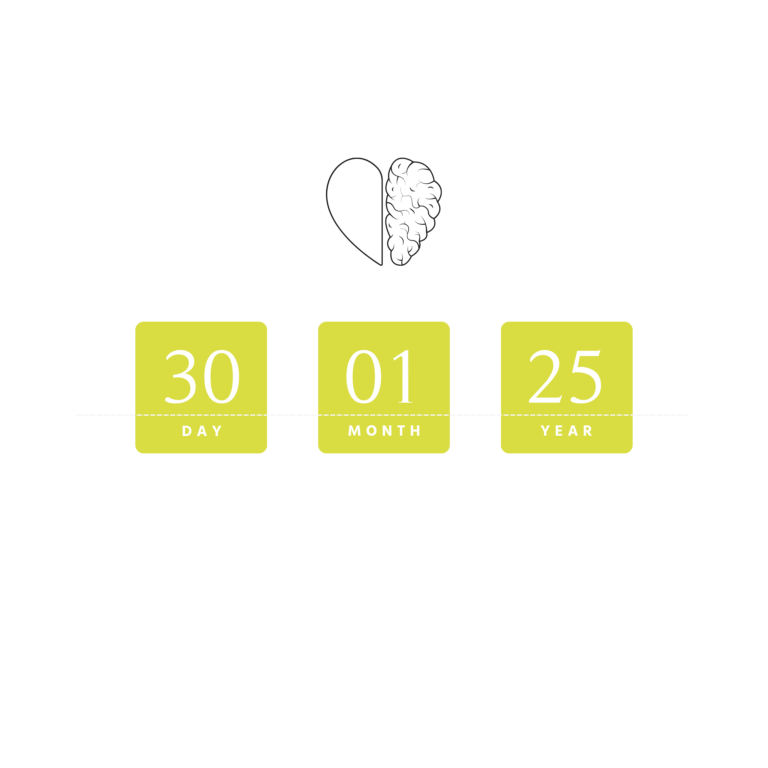
4 Comments
I am not sure what you mean.
Wow this is an amazing read!. Inpiring and very relatable
Thank you very much.